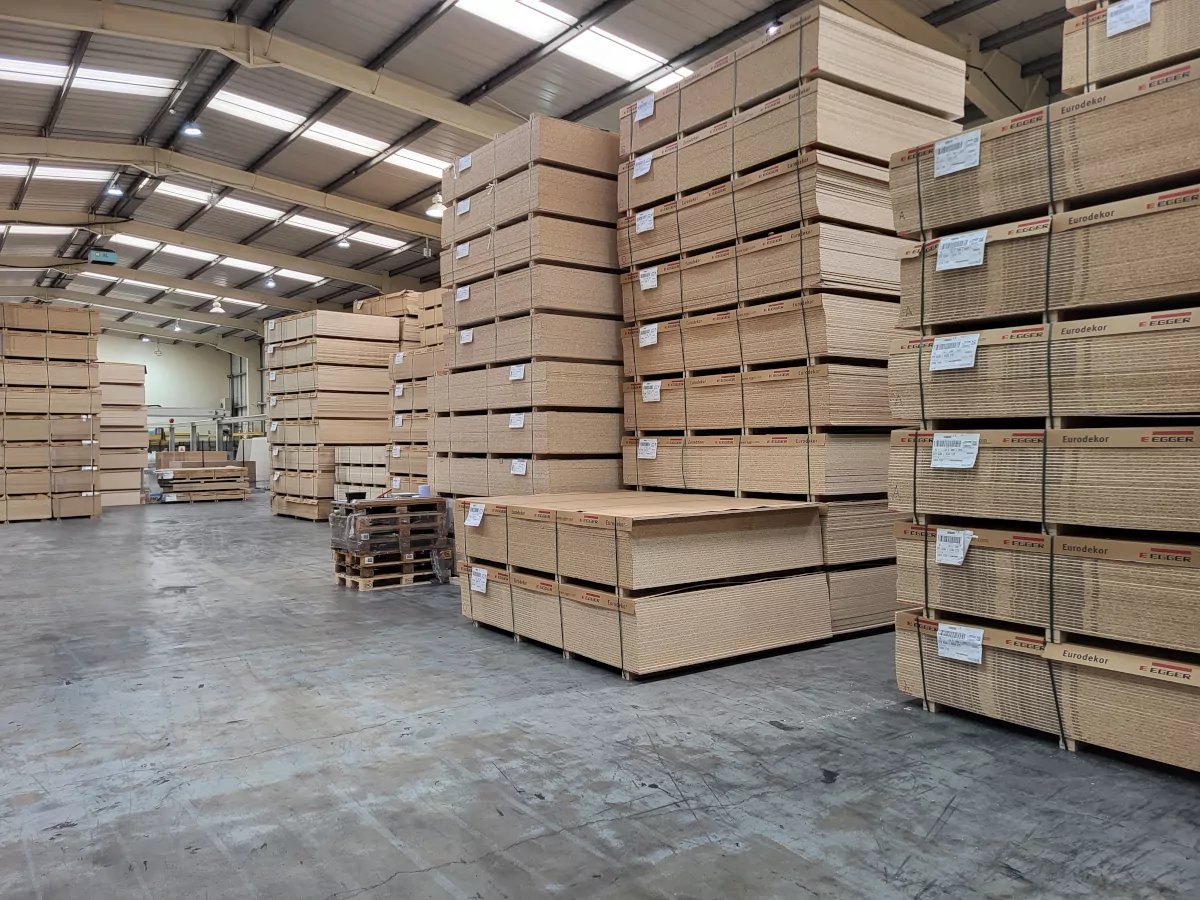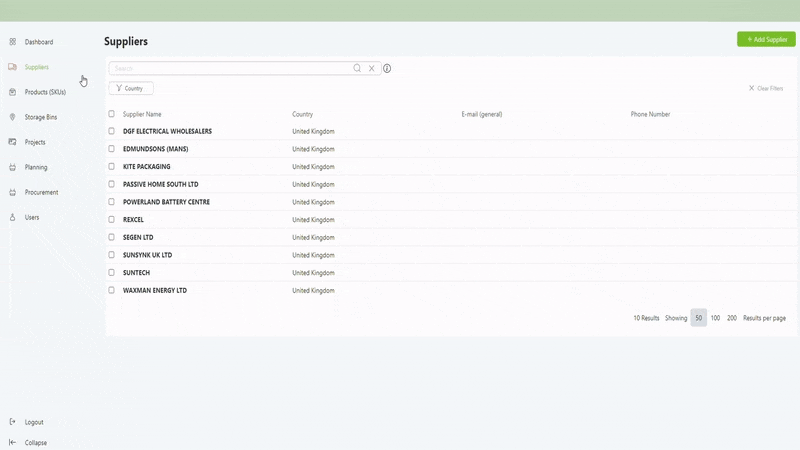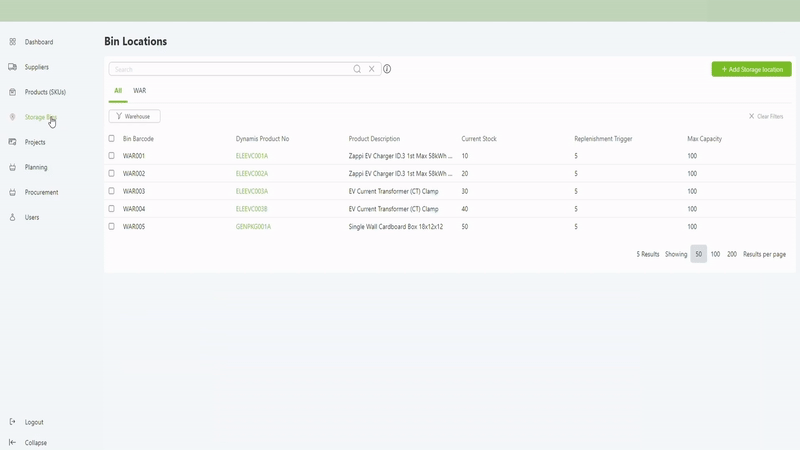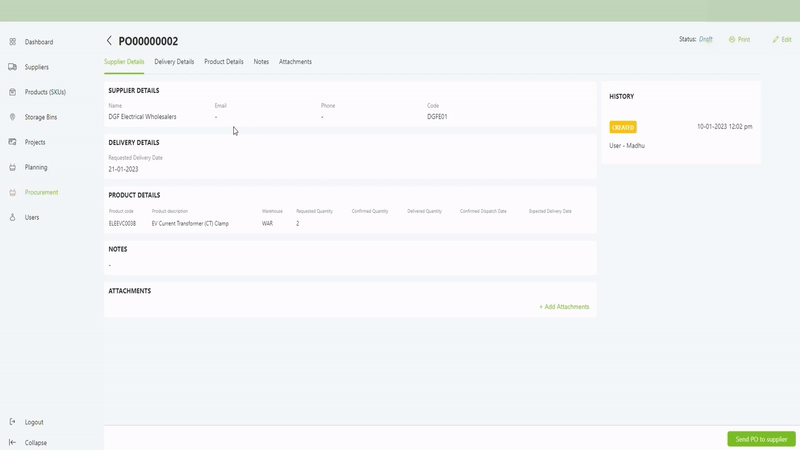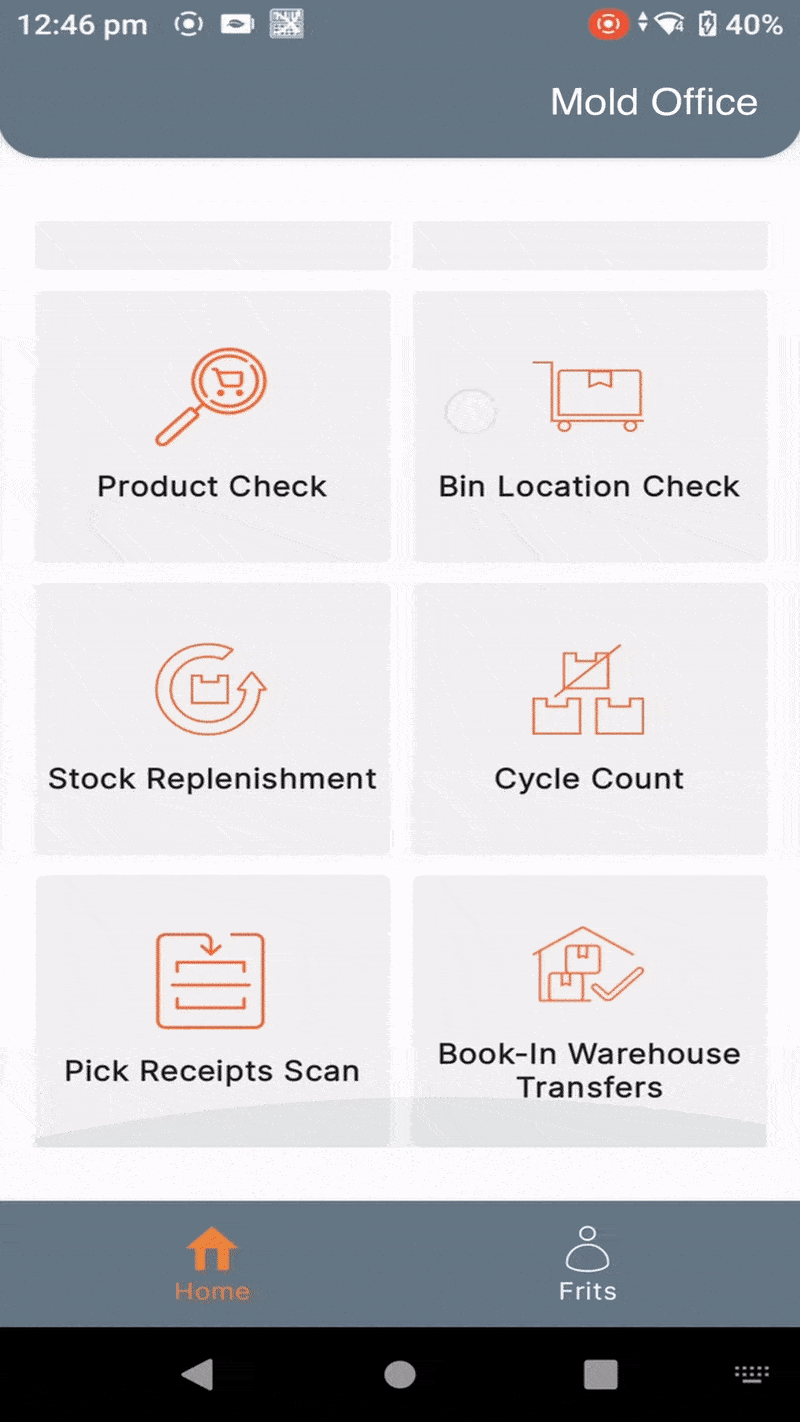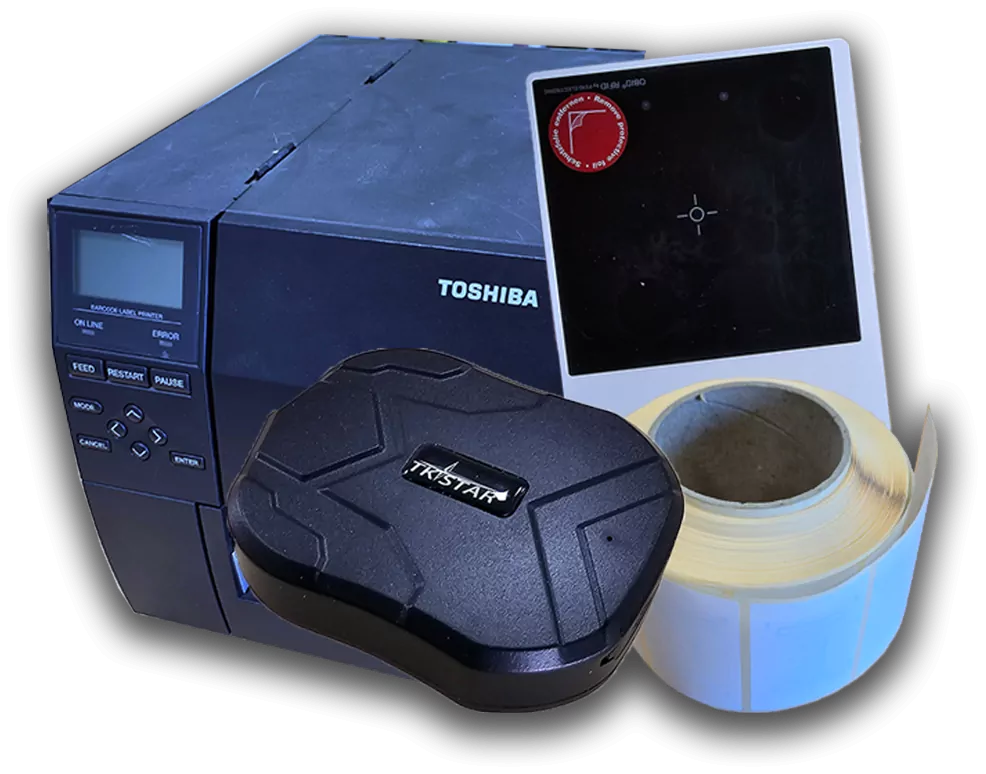Leveraging Current Challenges at Warehouse and Distribution Centres
Top technological and research consultancy Gartner concluded in a 2019 report, that due to a lack of technology investment in Warehouse Management Systems or other warehouse control tools, many are battling with timely data and poor visibility leading to flawed decision making.
A sector-specific study also found that most warehouse managers believe investment in technology will provide benefits to overcome current challenges (source: Azure Knowledge, Warehousing Vision Study, 2022).
The survey found that supply chain disruptions, labour shortages and increasing consumer demands are putting significant pressure on those operating in the warehouse. However, Sensor based technologies plus software to manage data, alongside IoT technologies, can leverage these current problems.
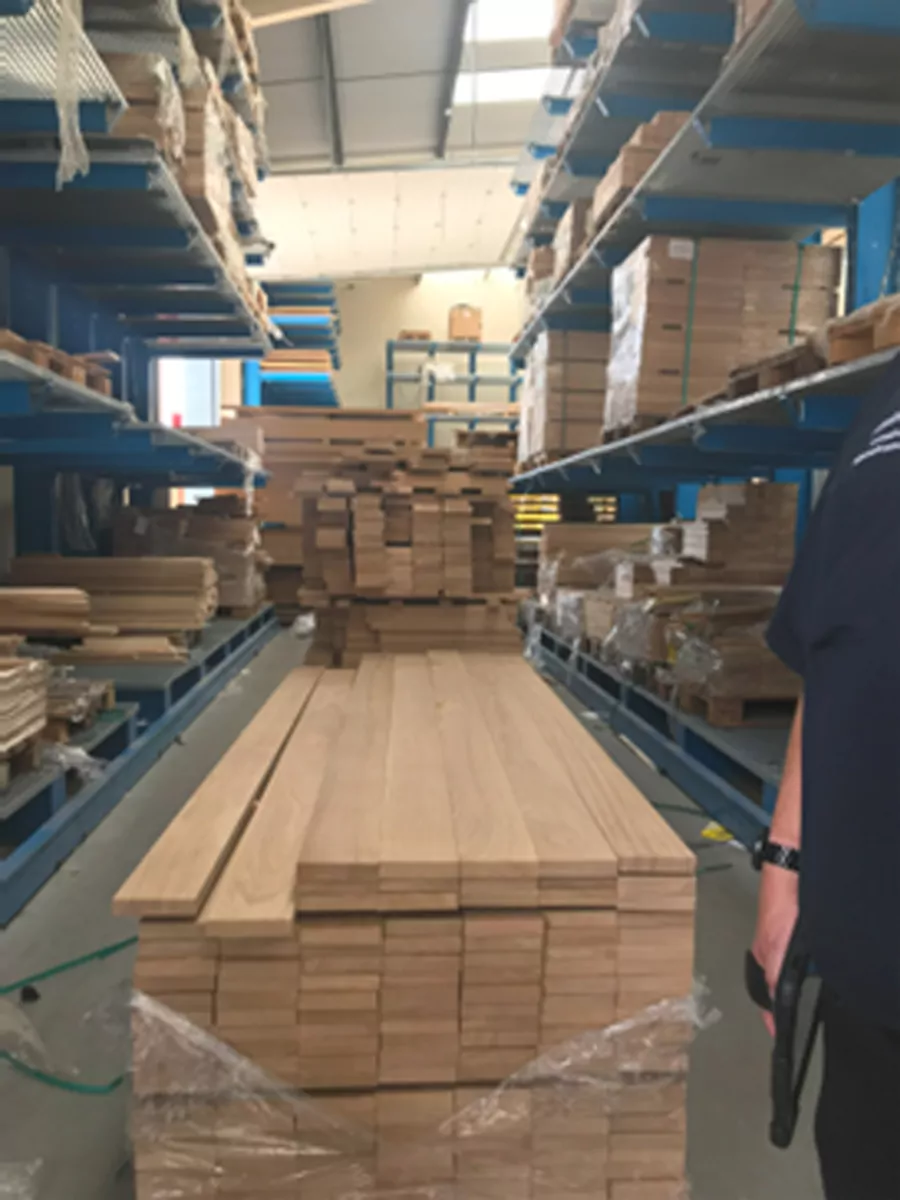
RFIDdirect can help by supplying a solution to mitigate demands in the warehouse sector.
In many ways, RFIDdirect’s customer’s very real challenge is to manage procurement and to build efficiencies in line with key project delivery planning. Knowing which components are in real-time available – free or allocated to a project – in the supply line from the manufacturers to components in the warehouse. This issue is central to the customer’s key requirements and RFIDdirect know, this enterprise and many other businesses may already use a software system, in combination with a finance system and several Excel worksheets to plan and manage the operational side of the business.
RFIDdirect’s solution, therefore, was to manage the procurement and to build efficiencies in line with key project aims and objectives, through delivery linking to the customer’s existing CRM system, in combination with a finance system and several Excel worksheets to plan and manage the operational side of the business.
How to start?
It is important to begin with a structured approach to ensure the pursuit outcome.
Advice, considerations and key lines to consider:
- A process fitting ERP / MRP / WMS system is not a simple to install off the shelve, and out of the box product.
- Salespeople will tell you ‘their’ system will be able to run your business. It probably can, but it’s likely to require after sales (often) expensive customisation – taking far longer than planned.
- Integration will probably require changes in the process thinking and procedures – not considered today.
- It will, without doubt, take time from many stake holders within your organisation; we recommend appointment of a project manager from your team to work alongside us.
- Analyse all the process flows in question, the relationship with other processes, and document these in detail.
- Aim to be flexible, as implementation probably will cause a change of process within the process flow or operational procedures
- It’s not an IT project, not a finance project, it’s a business project and it will require the business case underpinning.
- However, a well-defined and structured system will improve the production line – thus customer satisfaction – reduce waste and, the financial result on the bottom line.
Keep your goal in sight
Often the goal is to minimise costs while guaranteeing the right products reach the right customers or production order at the right time. For this can be achieved the following steps need to be set:
- Understand the full process flows in your warehouse and define the sub-processes. The complete process is more than goods-in and goods-out.
- Identify the actual metrics you want to use. Focus on the measures that mean most to your business. These can be considered as your core KPI’s.
- Describe what each metric means and how to communicate results. This will help to socialise the information with non-logisticians amongst senior management and in addition, allow the information to be understood and correctly interpreted.
- Define where and how to capture the data underpinning the metrics. The more that you can automate in the process flows the better, as this avoids data accuracy issues, long delays in producing the information and having to rely on human intervention. It also allows the metrics to be reported and analysed in different ways.
RFIDdirect’s Challenge – to mitigate demands in a customer’s warehouse management system.
An example of a System Delivered
RFIDdirect analysed the process flows in the customer’s business, mapping out how the business operated in detail. This was discussed with all stakeholders in the company. Advantages and disadvantages of the existing system were also analysed, and the outcomes embedded in the newly designed system.
The system operates a central database installed in the cloud. All products have a unique product code printed on a barcode. All locations in the warehouse have unique ‘bin’ locations and are identified with a barcode. A Web Application provides access to the data to add new products to the system, adding new customers to the system, generate sales orders into projects to be delivered, schedules the order picking process, and generates the list with project details needed for the procurement and finance departments.
RFIDdirect’s Warehouse Management System – the detail.
Each product has a unique identification (number) at SKU (Stock Keeping Unit) level.
Every warehouse location has a structured numbering system, this can include different geographical locations, and with a barcoded bin location on each individual storage rack.
In RFIDdirect’s system, every scan moment is an event which is logged; logging item identification, date and time, location, operator and process. This allows for the following
- the generation and visibility historical product movement in reports,
- the visibility of product quantity per location at ‘bin’ level available,
- visibility of stock movements from Goods-In, to QA inspection, to return/rejected bin, to storage in a rack location, and who was operating this action,
- tracking of order picking processes, who picked what and when, for which customer order,
- real time warnings/information via email to responsible management/department, or displayed on opened WebApp PC screens, active handheld screens,
- real time warnings/information via text/WhatsApp massages on pre-set mobile phones.
Periodic Cycle Counts can be initiated by the system to increase the inventory level accuracy.
Order pick list can be created from the WebApp and submitted to the mobile terminals. When an order picklist is selected on any terminal it will be blocked for other terminals to select.
Picking orders are collected on a ‘batch’ number. This batch number can be a pallet, basket or even container, and is related to a customer order/number. The batch number can be transformed into a SSCC code and printed on a Smart label (RFID label) for further processing in the supply line.
When completed, the order collected is closed in the system for the dispatch process to take over.
What will combining the benefit of a full Procurement Management System bring to your business?
Additional to the WMS system, a Procurement Management System can be delivered – the benefits being lowered costs, Improved transparency & efficiency of stock, built in resilience and agility.
The procurement team has access to actual and real time inventory information and can create procurement orders within the system using the same cloud-based backbone database. No need to purchase a new database.
Suppliers are added to the structure with their full details. SKUs are connected to suppliers with specific procurement information such as price per SKU, packaging, delivery and payment conditions.
Procurement orders can be generated by procurement staff, accorded by the senior member of staff, before send by the system via email to the supplier. The supplier can be granted access to the system, via login, to confirm the order or modify the order in quantity and/or requested delivery time. Third party supply line stakeholders, such as freight forwarders and customs, can be informed via the system of oncoming logistic actions.
A procurement order can trigger information send to the financial department and/or production management via a pre-set email system.
Commercially Speaking
Based on the above, you will understand RFIDdirect cannot provide a standard price for our services. However, as a rough indication for project deliveries based on projects delivered, we supply projects varying between 50K and 250K depending on complexity (without the hardware and consumables required). We can discuss the real business case and potential ROI.
We’re happy to discuss your requirements and meet in person.
Our first and initial meeting is free of charge and will take app. 2 hours of your time (and a coffee or two).
Curious to take this further? Please contact us to arrange a meeting.
RFIDdirect is looking forward to hearing from you.
